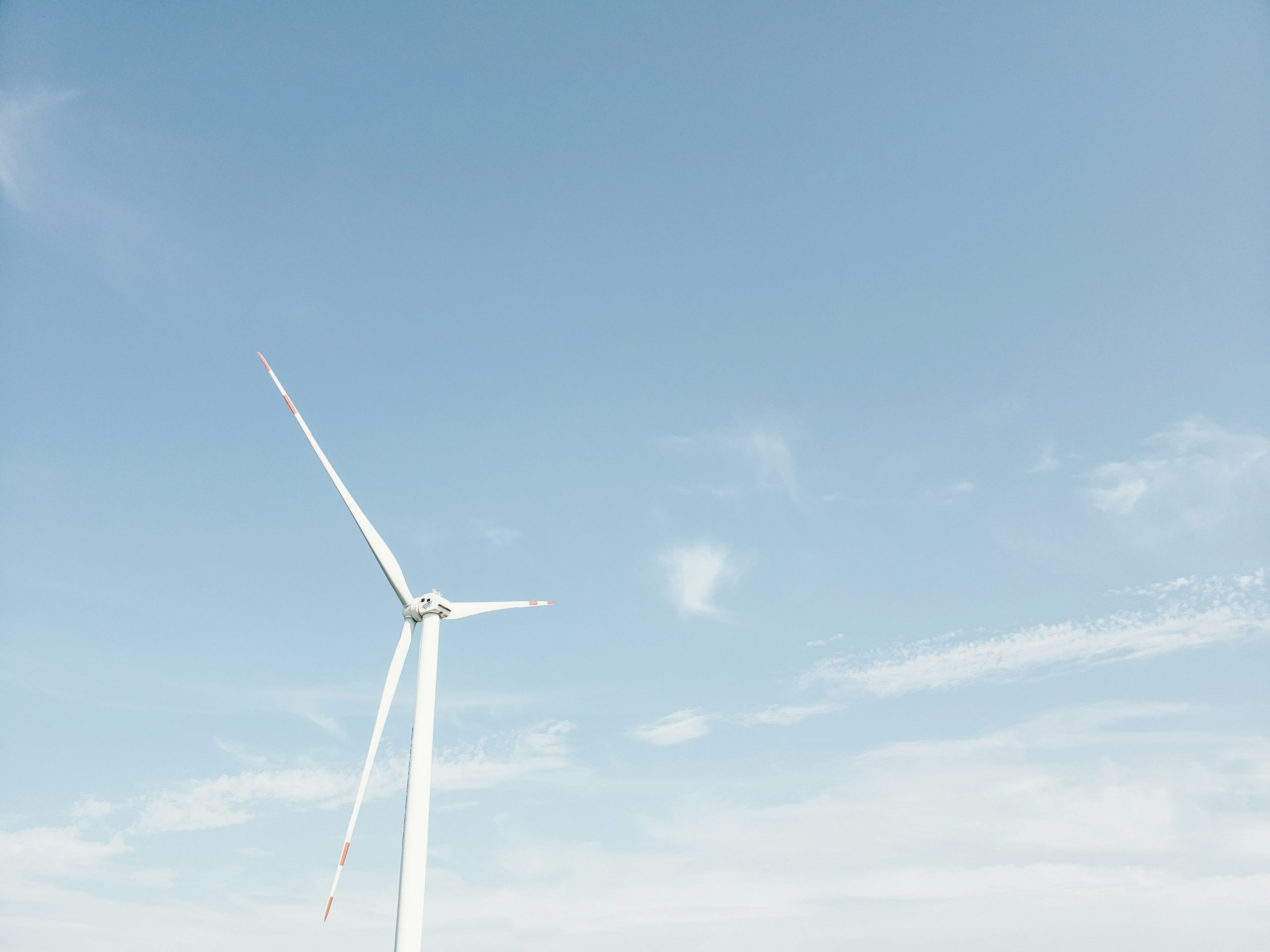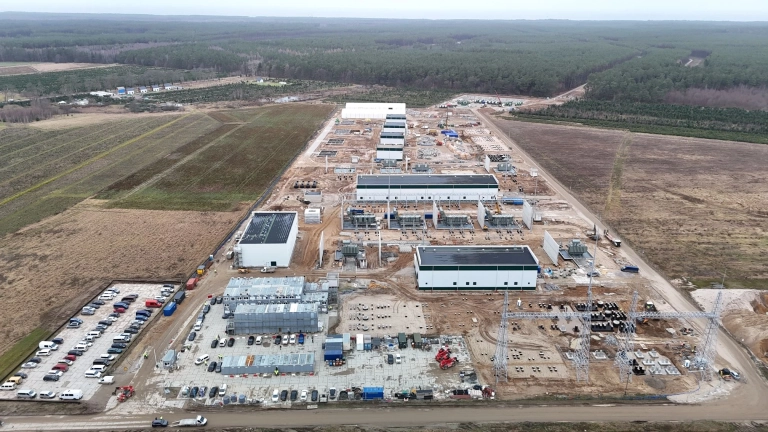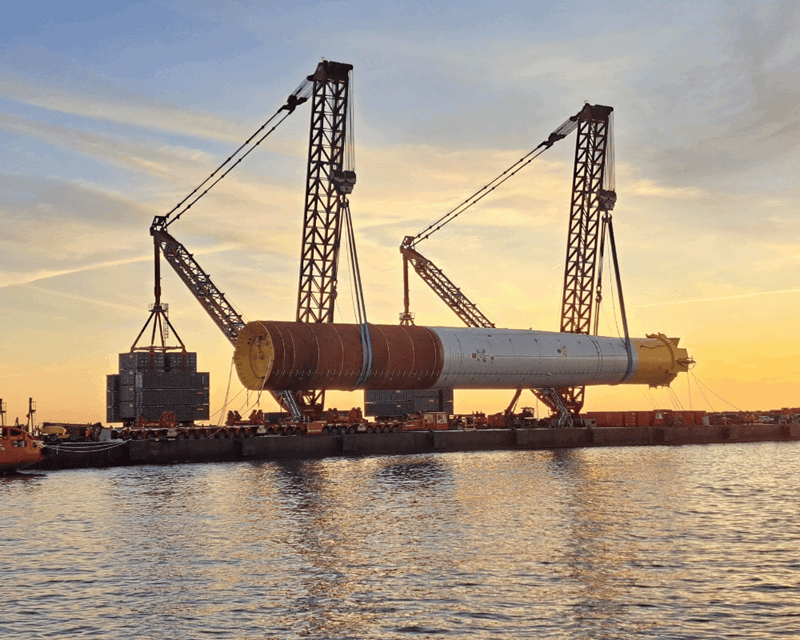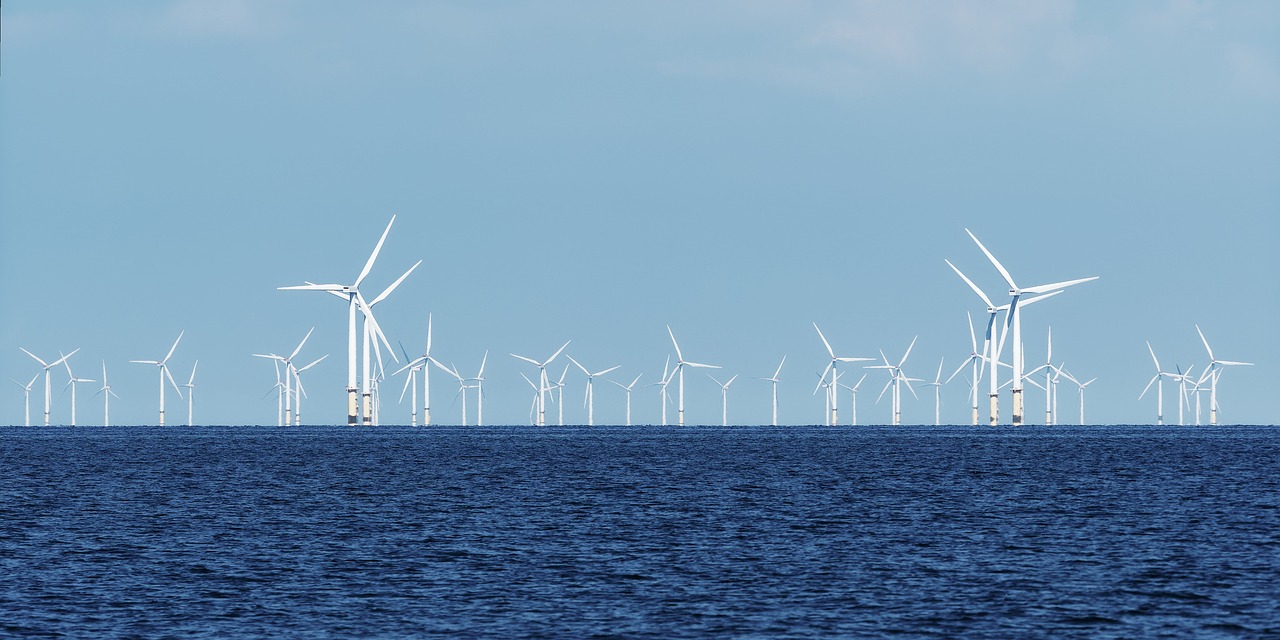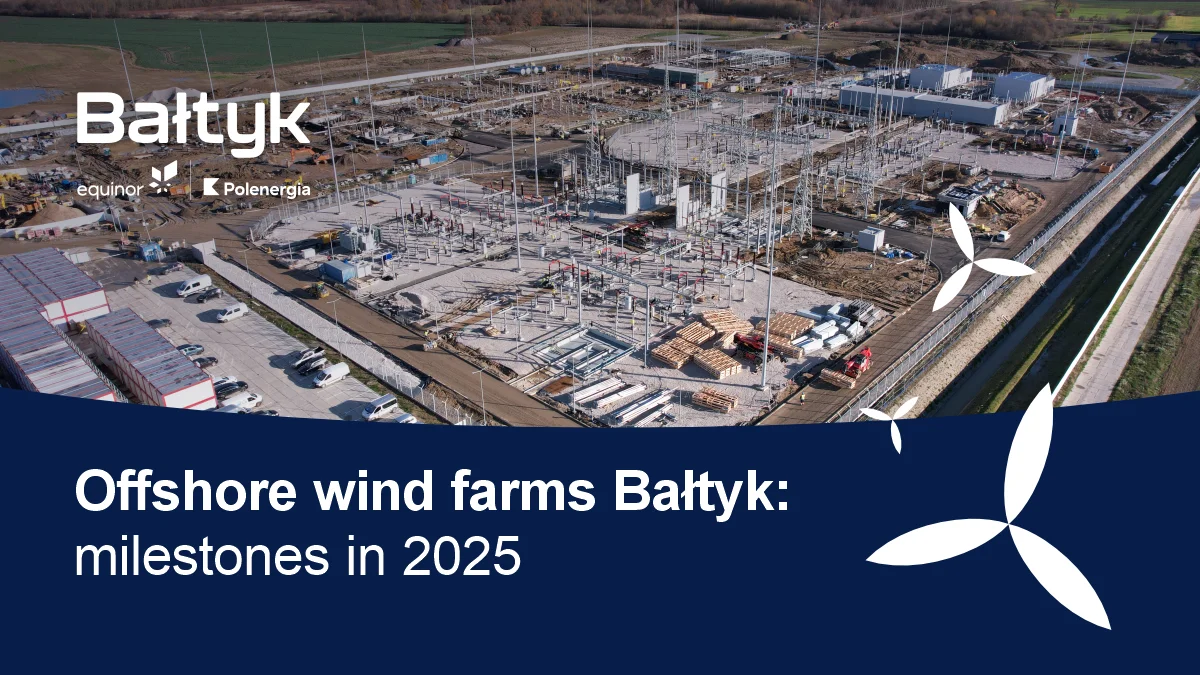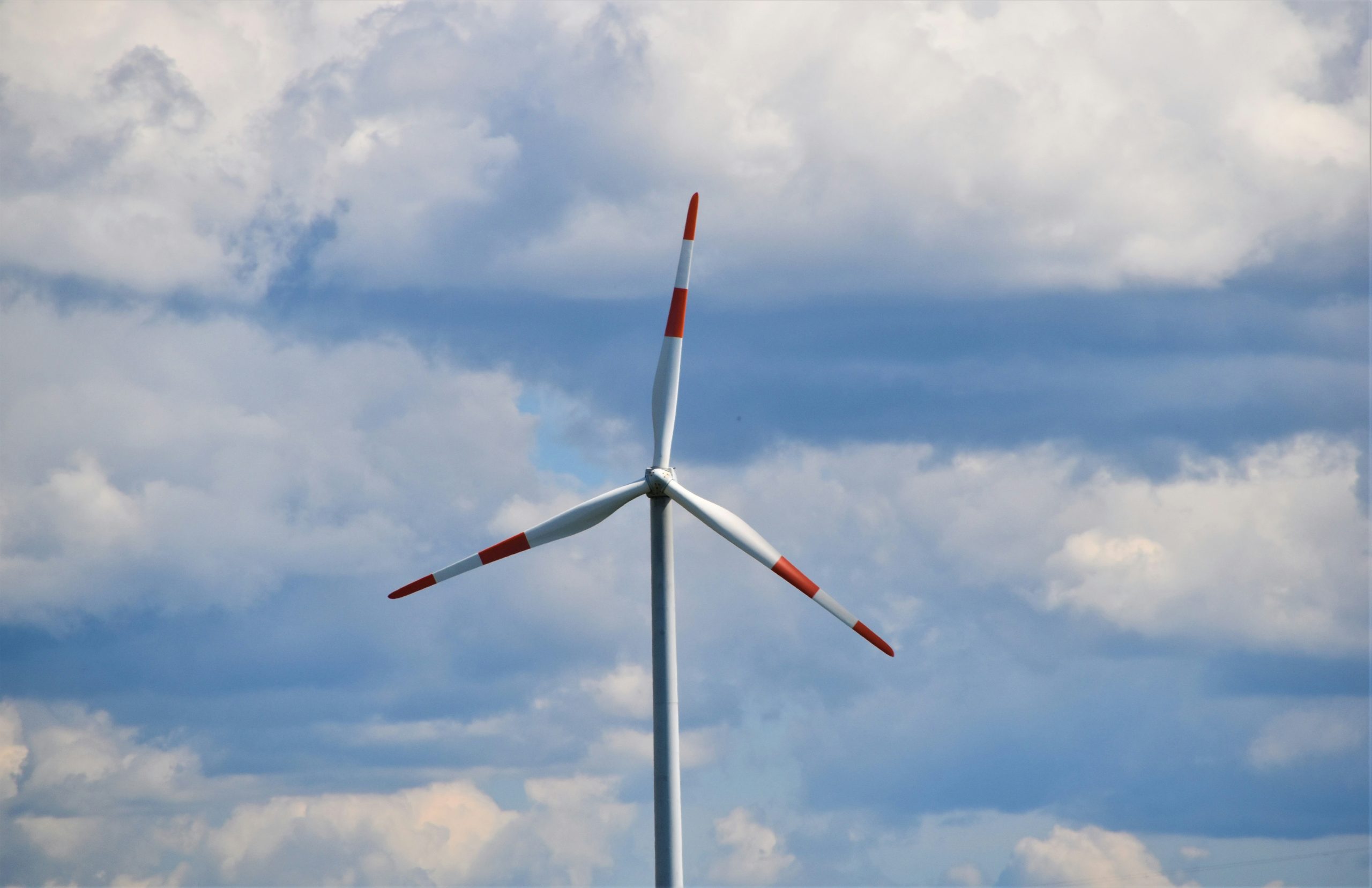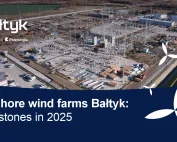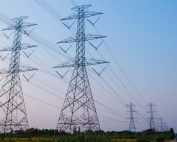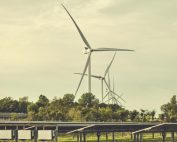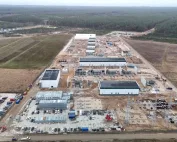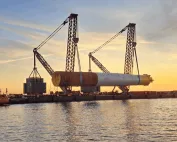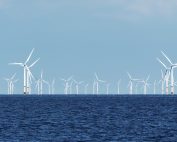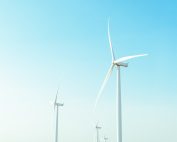For the first time, no bids were submitted in a German offshore wind tender. On August 6, 2025, the Federal Network Agency (BNetzA) announced that its latest auction for centrally pre-surveyed offshore wind areas received no offers. The tender covered two sites—N-10.1 (2,000 MW) and N-10.2 (500 MW)—with planned commissioning dates in Q3 2031 and Q4 2030, respectively. The auction was conducted using a sealed-bid process with quantitative and qualitative evaluation criteria, but without any form of support under the Renewable Energy Sources Act (EEG).
In response to the lack of participation, the BNetzA plans to re-tender the areas on June 1, 2026, under the rules for non-centrally pre-examined sites.
The absence of bids follows a noticeable decline in interest during the June 2025 auction round, highlighting growing challenges for offshore wind developers. Increased project and capital costs driven by geopolitical tensions and supply chain disruptions, combined with volatile market conditions, have significantly elevated the financial risks for developers. Additionally, high site density in the German Exclusive Economic Zone (EEZ) is leading to reduced full-load hours due to inter-park and intra-park wake effects.
In light of these developments, industry stakeholders are calling for urgent reform of the Wind Energy at Sea Act (WindSeeG) and the broader regulatory framework for offshore wind. Suggested improvements focus on enhancing investment security, cost efficiency, diversity of market participants, and the likelihood of project realization.
The German Association of Energy and Water Industries (BDEW) has proposed shifting the auction framework from a purely market-based Power Purchase Agreement (PPA) model to a system based on two-sided Contracts for Difference (CfDs), while still allowing for PPA financing. This shift is seen as necessary to ensure continued growth in offshore wind capacity and to maintain investor confidence.
Another key issue is the impact of high site density on energy yields. To address this, BDEW recommends reducing the permitted power density in the German EEZ to below 10 MW/km². This would help mitigate wake effects and support higher full-load hours. Moreover, BDEW suggests that future site designations prioritize actual location-specific energy yields over nominal capacity and explore a transition to cost-optimized yield targets in the WindSeeG.
According to an ad-hoc analysis by the Fraunhofer Institute for Wind Energy Systems, the current density of 13.8 MW/km² at the N-10.1 and N-10.2 sites would likely result in 2,722 to 2,984 full-load hours annually. By comparison, many less congested offshore locations in Germany achieve 3,300 to 4,500 full-load hours, offering significantly greater cost efficiency.
The results of this latest tender underscore the need for structural changes in how Germany plans, auctions, and supports offshore wind development to ensure the country remains on track to meet its renewable energy targets.
